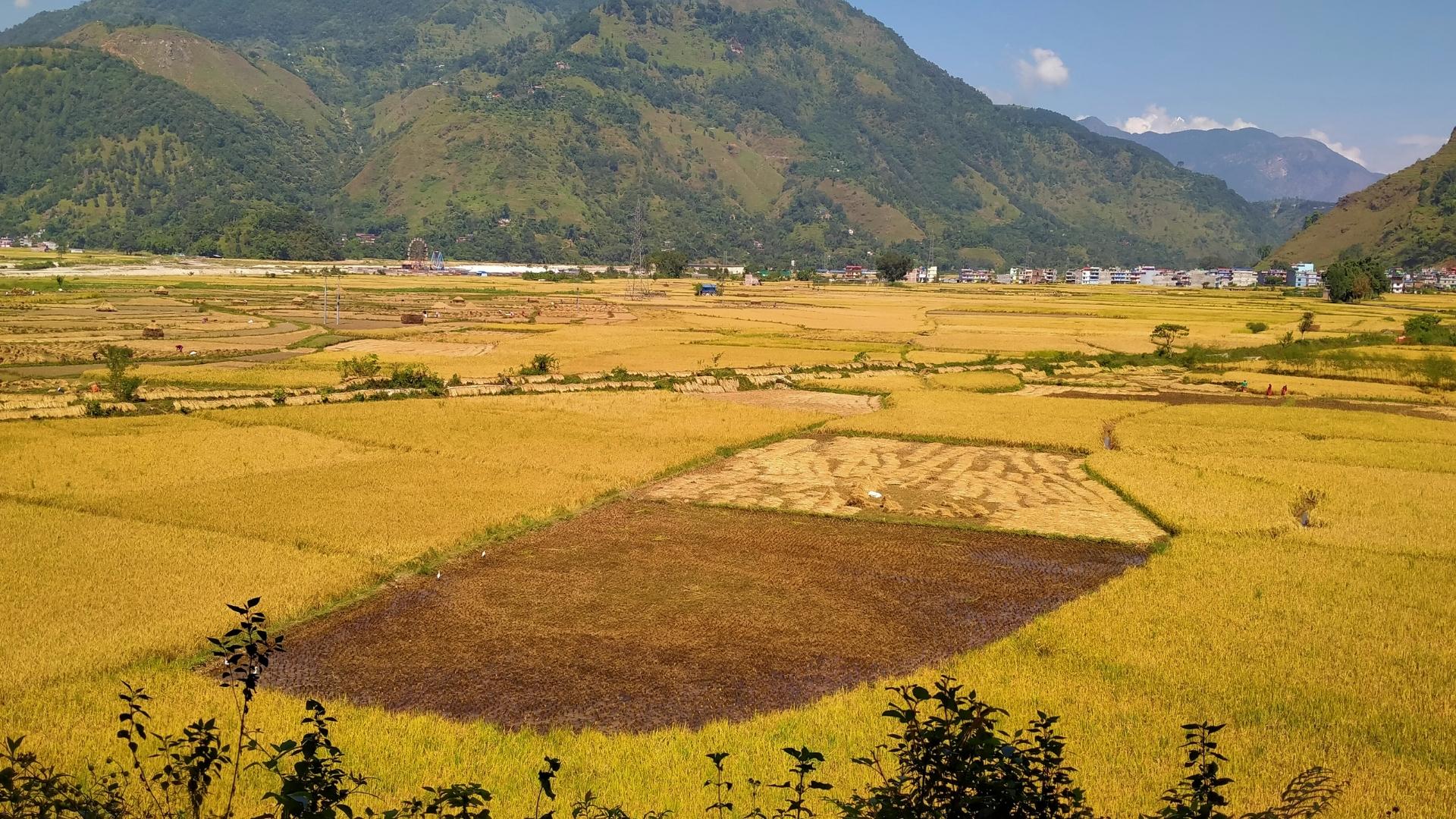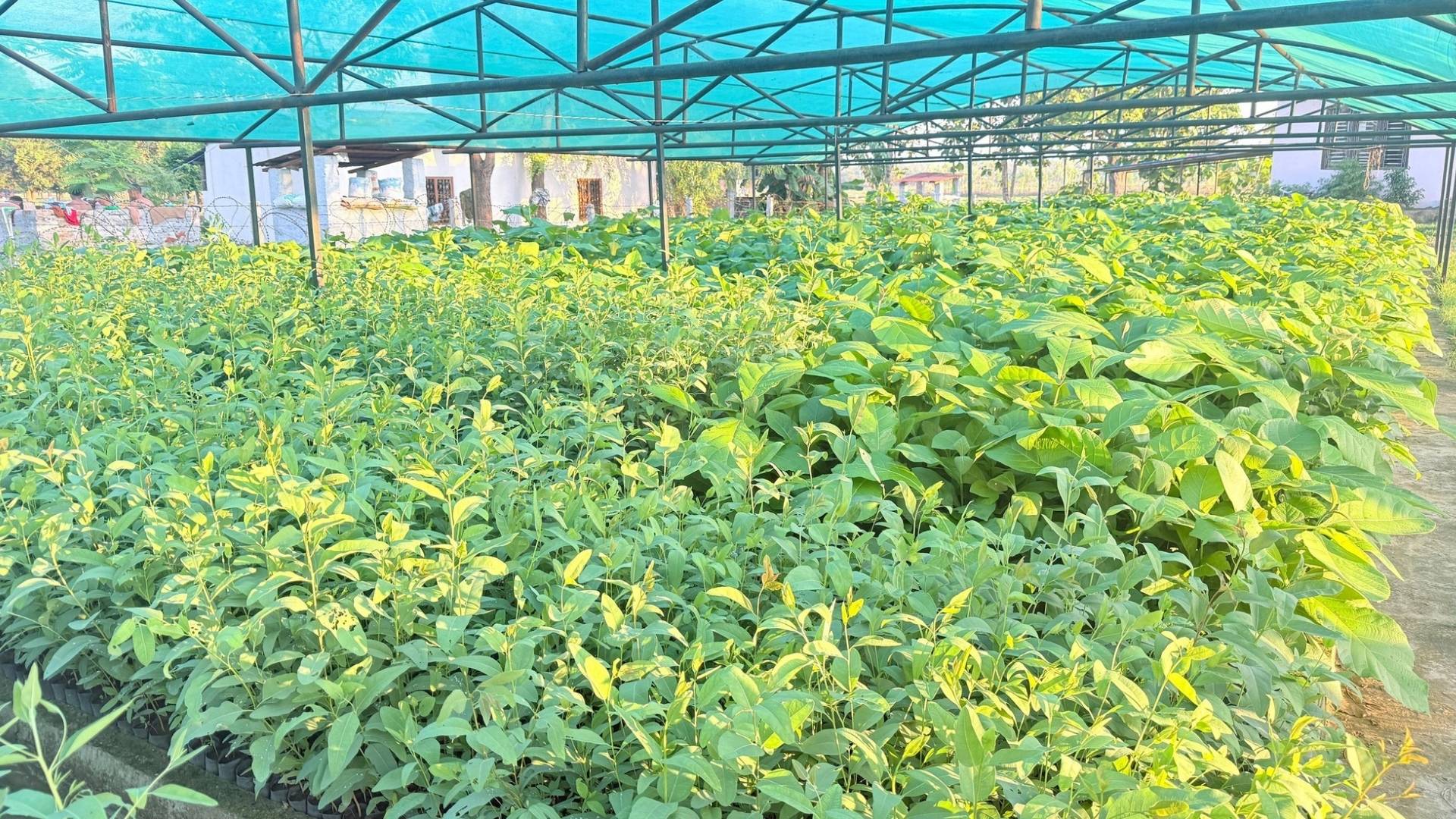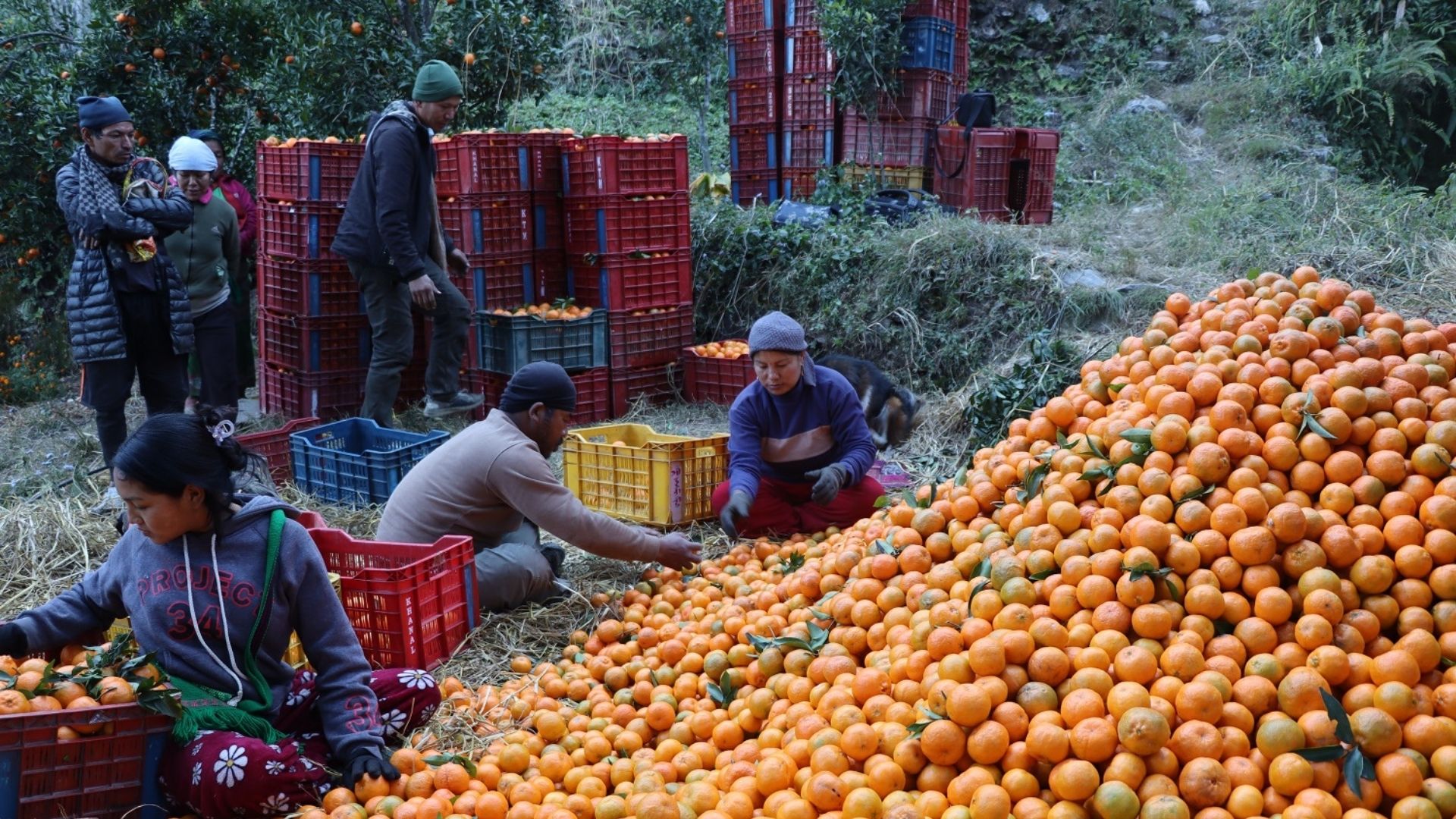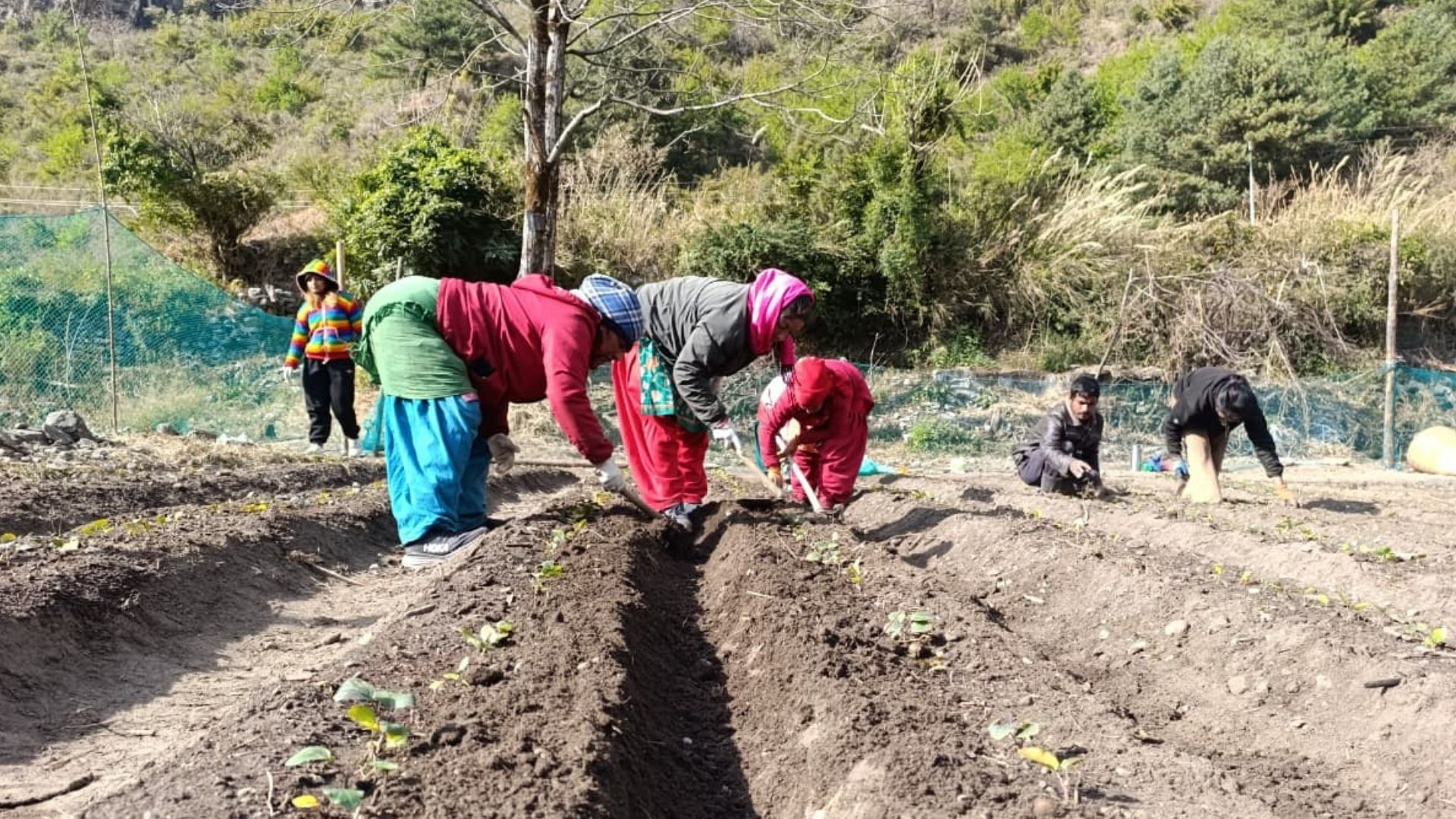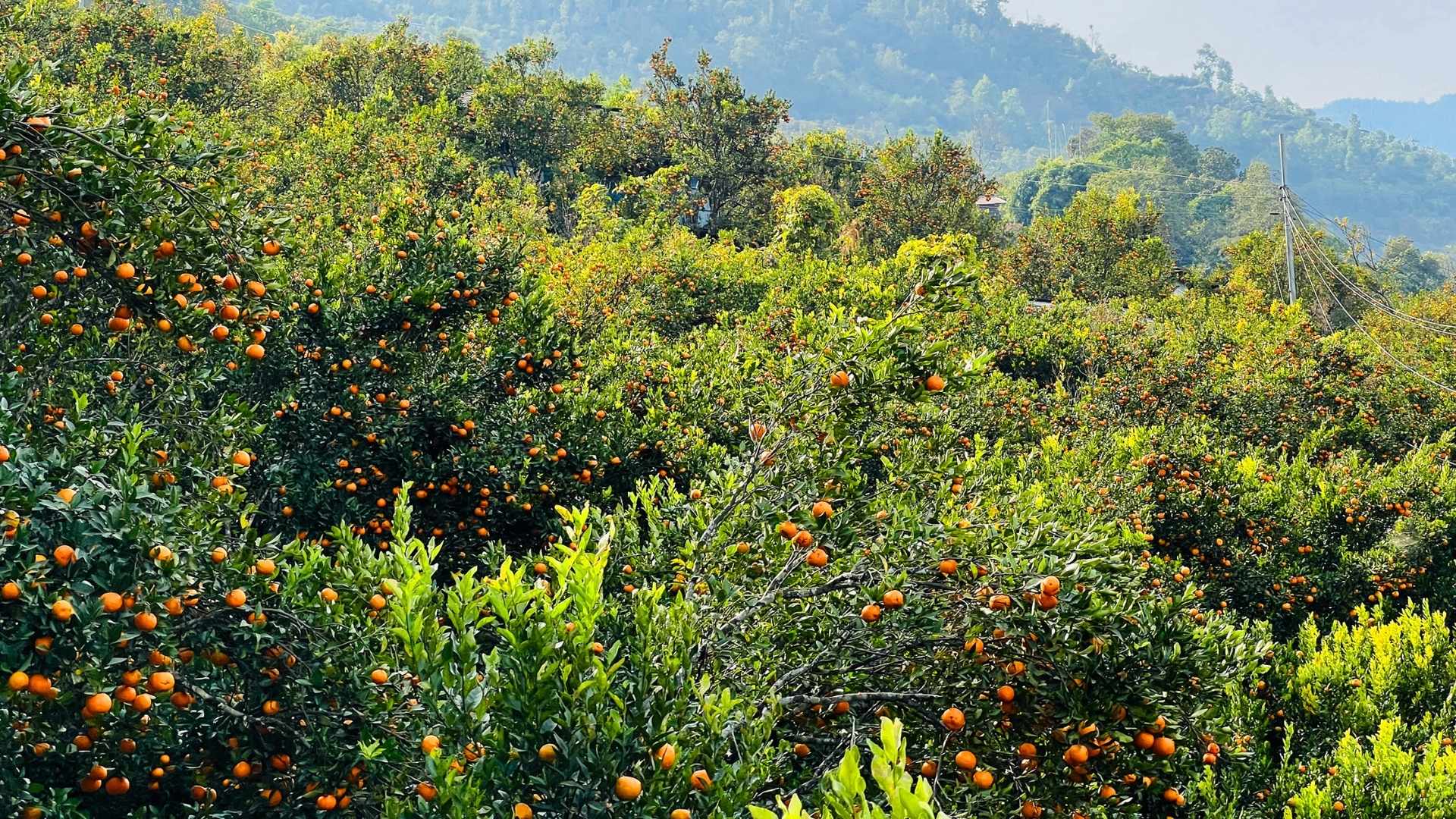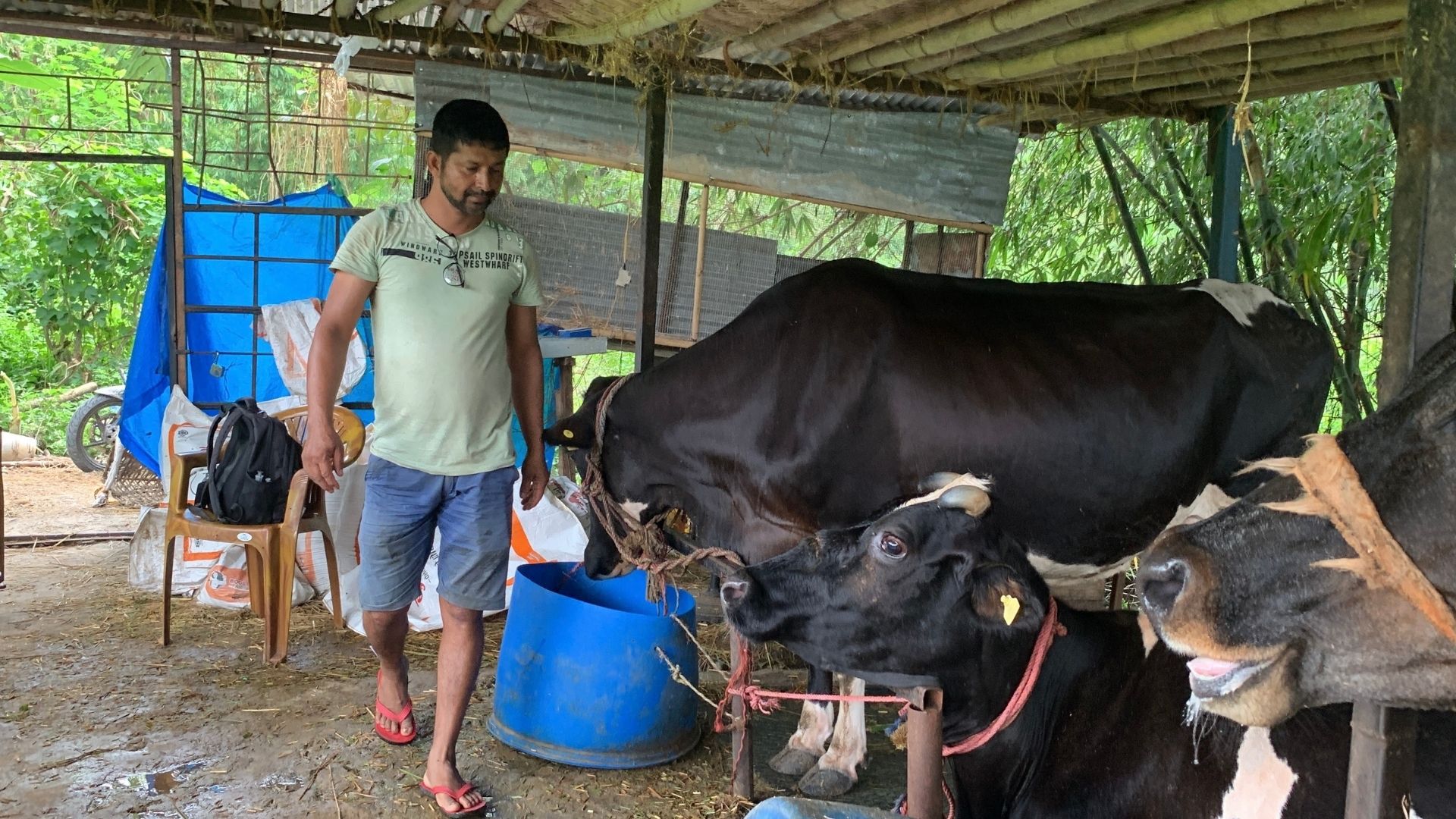You can find several micro and small-scale industries and shops to medium ones in the various parts of the country that are based on the processing of fruits and vegetables, spices, milk, and milk products, meat and meat products, grain mill products, bakery items, oil and fats, beverages, noodles, tea, and confectioneries, etc.
Compared to other manufacturing sub-sectors, agro-processing activities are less complex and technology-intensive. As a food processor, you can develop value-added products from local raw materials and cater to demand for healthy and nutritious food products and Nepali businesses are well-positioned to produce such products using locally grown ingredients.
For instance, a variety of pickles, including mango, lemon, mixed vegetables, and others, are widely consumed in Nepali cuisine. So are sweet confectioneries and baked items. Nepali pickles are distinguished by their distinctive flavors and traditional methods.
Aamako Achaar and Hajuri Khadya Uhdyog, which produces specialty pickles under the brand name Kitchen Recipe, are some of the notable names which started small in their formative years while there are several other low-profile MSMEs as well working in the pickle industry.
But take note, there are numerous other opportunities in food processing other than spices and you can be one of those. MSMEs can focus on quality processing and packaging, hygiene, and innovation in products (for instance, flavors in pickles) to cater to both domestic and export markets.
Here are a few reasons why food processing is a promising sector for MSMEs.
Potential in the domestic market
With growing urbanization and visible shifts in consumer preferences and habits, and increasing financial resources, there is strong evidence that the domestic market for processed food products has strong growth opportunities.
With busier lifestyles and a desire for convenience, consumers are seeking ready-to-eat or easy-to-prepare food options. These needs are met by processed food items, including instant noodles, packaged snacks, frozen meals, and ready-to-cook mixes.
Additionally, there is a rising demand for value-added items, including organic products and functional foods, due to the growing interest in healthy and nutritious food options.
Further, the tourism industry may be experiencing difficult times at the moment but possibly it won’t remain the same. The industry which is directly linked with hotels and restaurants, drives up demand for local foods and drinks.
Some other possible examples include*:
A. Food grain-based:
|
B. Fruits and vegetables-based:
|
C. Livestock-based:
|
D. Rural-based entreprises:
|
* Compiled from different sources including studentsnepal.com
Large agricultural resource base
Nepal’s unique and underutilised agriculture base offers a vast potential for agro-processing activities. There’s fertile soil and a variety of agro-climatic conditions which allows the production of staple crops to a rich assortment of fruits and vegetables.
In addition, Nepal is known for its aromatic spices like cardamom, ginger, turmeric, and cinnamon, as well as various medicinal herbs with therapeutic properties. These varieties of resources provide MSMEs operating in the food processing industry with an advantage in sourcing raw materials locally.
For instance, businesses can set up a processing facility to make mango juice, pulp, and a variety of other products like jams, jellies, and pickles. The processed mango products can then be sold in both domestic and international markets, tapping into the growing demand for exotic fruit-based products.
Adding value and export potential
If your products are too good and certified, you can also export to other countries in the region and beyond. Nepal has preferential trade agreements with several countries, making it easier for MSMEs to export their products.
Additionally, there is a growing demand for organic and natural food products globally, and companies producing such products can capitalize on this trend.
For this, businesses will have to enhance their product quality, extend the freshness of consumable products, and produce a wide variety of value-added goods by processing agricultural products. Fresh fruits, for instance, can be processed into juices, purees, dried fruits, or snacks, whereas veggies can be turned into frozen or canned goods.
As international consumers seek convenient and ready-to-consume food items, there is a growing demand for processed and packaged products. Your MSME can enter these markets and build a niche for themselves by following international quality standards.
Reduce post-harvest losses
The issue of post-harvest losses is a significant challenge in Nepal, but food processing MSMEs have the potential to mitigate this problem. Agriculture products, especially consumable goods, frequently decay and are wasted as a result of inadequate processing and storage facilities. However, MSMEs can significantly reduce this loss by setting up food processing facilities.
For instance, to maintain nutritional value and extend storage time, fruits and vegetables can be dehydrated or frozen.
Another efficient technique is canning, which preserves food in airtight containers while preserving its quality and preventing rotting. Furthermore, seasonal fruits and vegetables are frequently preserved by freezing, which ensures their availability even during off-seasons. This decreases post-harvest losses and guarantees a consistent supply of processed goods throughout the year.
To sum up, it’s crucial to focus on factors like quality control, packaging, branding, market research, and distribution networks to realize the potential of the food processing business.
Additionally, MSMEs can benefit from government support programs, access to finance, skill development initiatives, and participation in food exhibitions and trade fairs. Because it is one of the priorities of the government, do your research in understanding what the government has to offer such as special tax incentives, VAT refunds, cheap credit, and other schemes and benefits for agro-processing industries.
Don’t forget there are risks and challenges too. Workforce shortage and skill gaps, expensive land and rental, access to finance, and disruption in the supply of raw materials are a few of them. So don’t forget to consider all the opportunities and risks and challenges.






